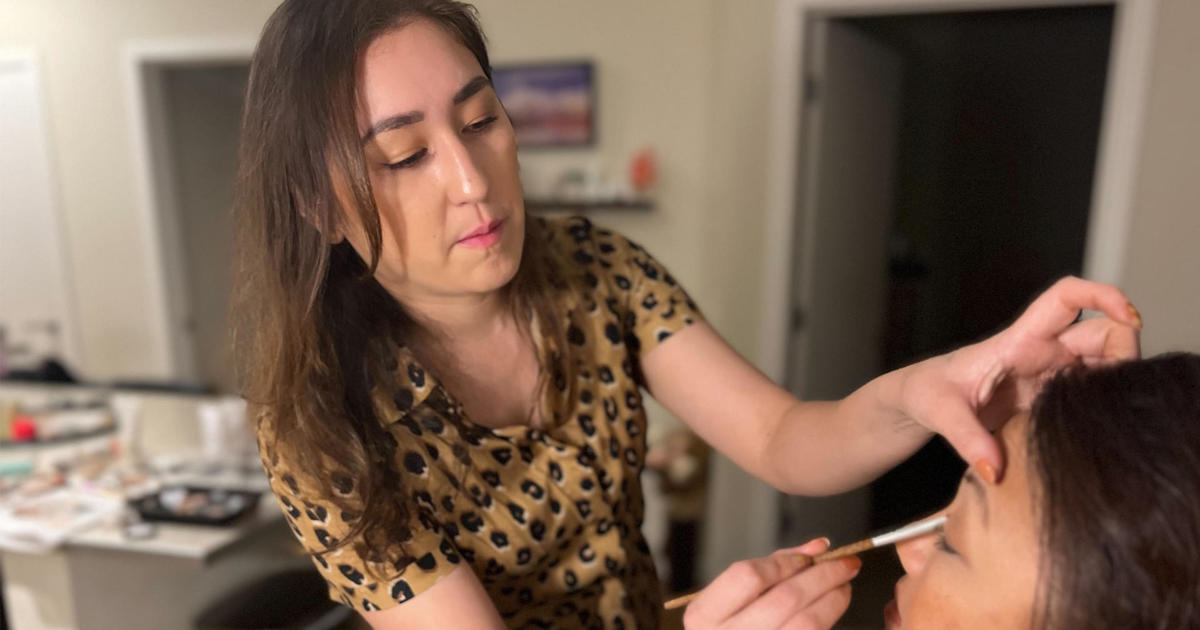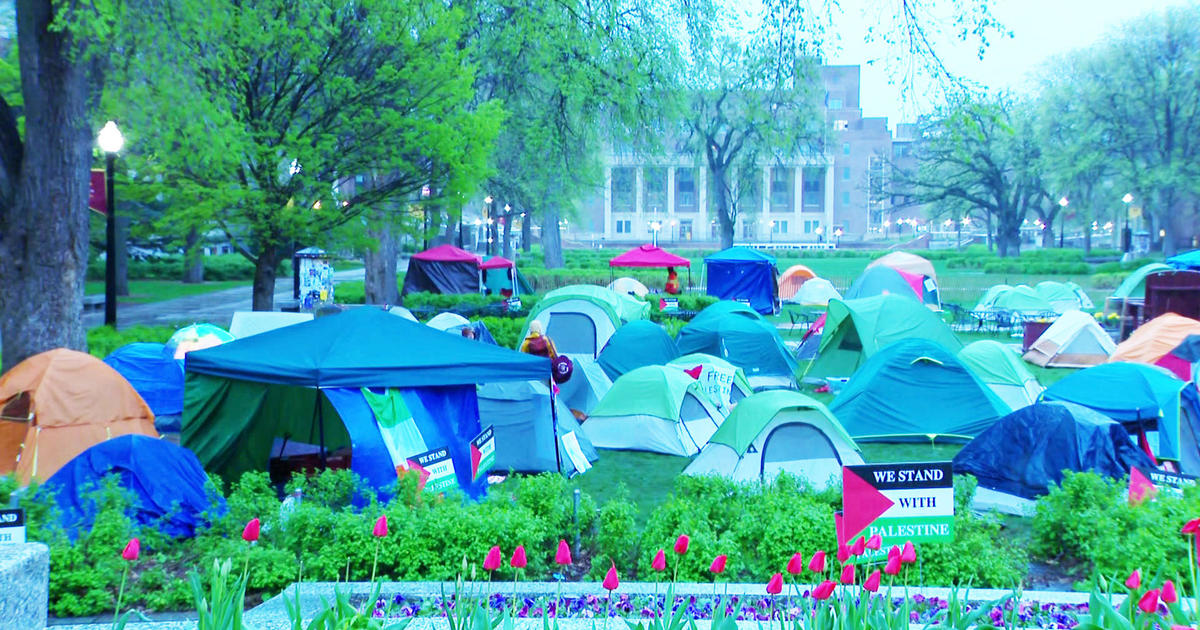How Well Do Solar Panels Work In The Snow?
MINNEAPOLIS (WCCO) -- Even with Minnesota's snowy, dark winters, the state ranks 11th when it comes to solar installations, according to Wood Mackenzie's Solar Market insight report.
That has Colette from Rogers and Jackie from Carlos wanting to know: How well do solar panels work in the snow? Good Question.
"The system will produce almost every day, regardless of what conditions are," says Eric Pasi, Chief Development Officer at IPS Solar.
On the day WCCO visited Amy Martin's home in Eden Prairie, it was 19 degrees and sunny with some clouds. Snow-covered part of her roof, all of her neighbor's roof, but none of her solar panels. That day, her panels were producing about 60% of what they could bring in on typical June day.
"If we have a really heavy snow, they will be covered," Martin says. "But then they clear right off."
She says a light dusting of snow that sticks to the grass won't stick to the panels.
"Winter is the least performing season on the year," says Pasi. "We're producing in January only about half the energy we'd see in June."
What's working against producing solar power in Minnesota: Shorter days, lower sun angle and snow.
According to Dan Thiede with the UMN Extension's Regional Sustainable Development Partnerships, panels can produce a little power with a light coating of snow because some light is able to come through. But, when the snow is thick and heavy, the panels cannot produce. Once the snow is removed, they will produce again.
Generally, that thick and heavy snow will melt within a few days. Pasi likens solar panels to a car's windshield -- they aren't heated but once the radiant heat catches a corner, the rest of the snow comes down pretty quickly.
As for what's working for solar power in Minnesota: cooler temperatures. Unlike in the south, Minnesota's cooler temperatures keep the panels from overheating. Thiede also points out the snow on the ground can reflect light back to some of the commercial panels that can produce energy on the top and bottom.
"It still doesn't make up for the shorter day, but it's an added benefit for the performance in winter," says Pasi.
The Twin Cities is equivalent to Houston or Tallahassee when it comes to available sunlight. That's less than Phoenix or Denver, but more than Germany, one of the world's solar leaders.
Martin says there are only two months each year where her solar panels don't make enough energy to power their entire home. In the summer, though, they make more than they need.
According to Thiede, the average payback time on residential solar panels right now is 8 years.
For people interested in knowing if solar power is right for them, the University of Minnesota has mapped out the entire state for solar suitability, complete with power and cost estimates.



